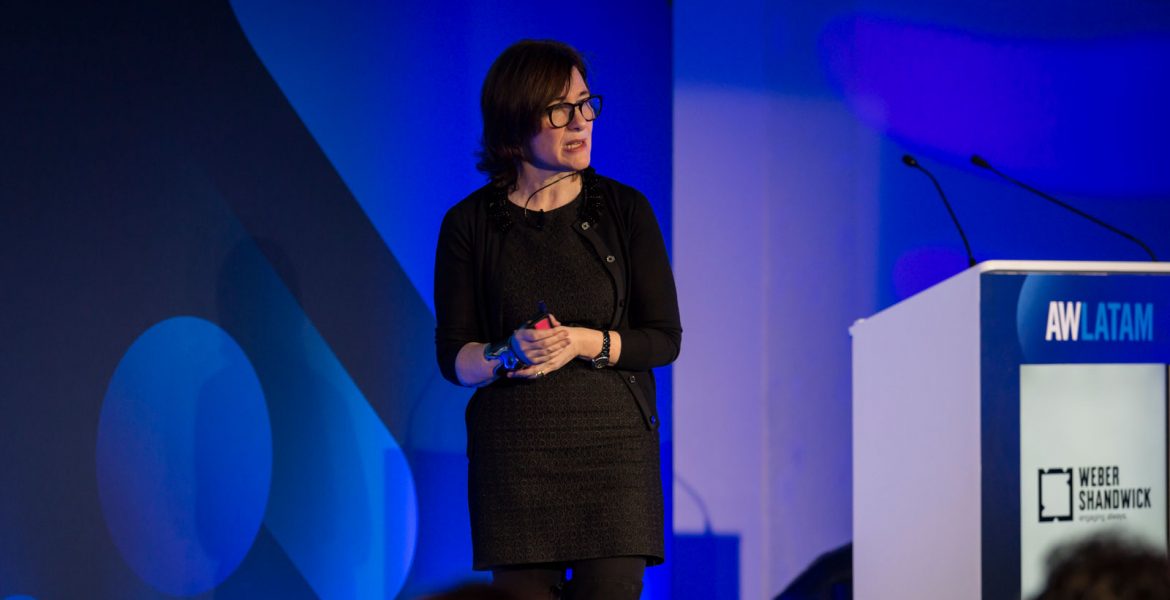There’s that popular saying that to know where you are going, you must know where you’ve been. That’s exactly what Gail Heimann, President of Weber Shandwick educates us on in her session.
Gail starts us out with a history of what were successful campaigns dating back to 1667 with Mexico’s first feminist. She was a writer and a poet and had a hard-core belief that all women should be educated. Because others didn’t share her attitude, they tried to stop her from writing and philosophizing. A great while later a man known as Sam Adams formed what might have been known today as the first social network. After the taxing of tea, he went out to his fellow patriots and told them to dress up, go to the boats and throw the tea overboard.
100 years later a woman named Josephine Butler of the Ladies National Association for the Repeal of the Contagious Diseases Act, used public relations by giving a voice to women who were mishandled and mistreated by male police officers and she used the voice of people to move people and to effect change. Brazilian princess Isabel led the fight to end slavery and fight for women’s voting. Fast forward to the 1960’s to the women’s movement. But, “reaching out to middle class women in the suburbs does not a movement make”.

Gail then brought the audience up to speed to talk about our marketing world now. The 2000’s saw a much more organic movement as an embracing movement – an all-inclusive movement that was really brought together by the power of social media. The ad world responded by showing us the more human side of our society. P&G’s #WeSeeEqual campaign along with the United Colors of Benetton #unitedbyhalf ad has shown us how far we have come. Looking to bring equality to the arts world, the Guerrilla Girls have seized the opportunity to use art and billboards to make people think about art.
By turning the word creative to creativist, Gail suggests some steps that advertisers can use to help bring about change.
- Make “real” your routine – “make it real” by using imagery – look at how real we are making out craft
- Move to un-stereotype ads and make real progress
- DIY – Create your own “glass lion” – Celebrate work that sets the gold standard for creative change and sociocultural change
- Make change happen – make the campaigns that make change happen
Gail closes out her session by saying that we as an industry have a tremendous opportunity to effect change with the campaigns we are involved with and encourages us to take advantage of that.

